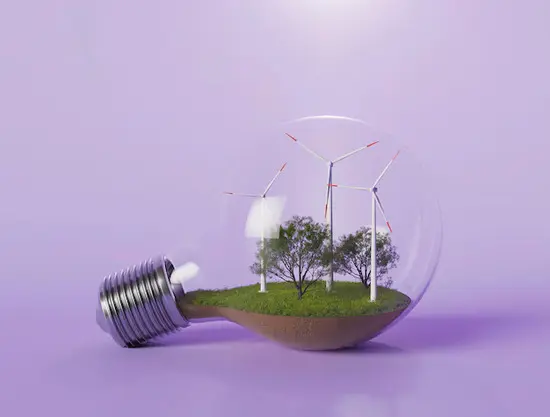
What is Smart Energy system? Everything You Need to Know About That
Industries & Technologies
A Smart Energy System is an integrated approach to energy production, distribution, and consumption that uses digital technology, automation, and advanced analytics to optimize efficiency, reliability, and sustainability. It combines renewable energy sources, energy storage, smart grids, and demand-side management to create a more flexible and resilient energy infrastructure.
Key Components of a Smart Energy System
- Renewable Energy Integration
- Incorporates solar, wind, hydro, and other renewables into the grid.
- Uses forecasting tools to manage variability.
- Smart Grids
- Two-way communication between utilities and consumers.
- Real-time monitoring and self-healing capabilities to reduce outages.
- Advanced metering infrastructure (AMI) for better demand management.
- Energy Storage Solutions
- Batteries (lithium-ion, flow batteries) for grid stability.
- Pumped hydro, thermal storage, and hydrogen storage for large-scale needs.
- Demand Response & Energy Management
- Consumers adjust usage based on real-time pricing or grid needs.
- Smart appliances and IoT devices automate energy savings.
- Electric Vehicles (EVs) & Vehicle-to-Grid (V2G)
- EVs act as mobile storage units, supplying power back to the grid when needed.
- Smart charging optimizes energy use.
- Artificial Intelligence (AI) & Big Data
- Predictive analytics for load forecasting.
- AI optimizes energy distribution and detects faults early.
- Decentralized Energy Systems (Microgrids & Prosumers)
- Localized generation (e.g., rooftop solar) reduces grid dependency.
- Peer-to-peer (P2P) energy trading via blockchain.
![]()
Benefits of Smart Energy Systems
✔ Higher Efficiency – Reduces energy waste through automation.
✔ Lower Carbon Emissions – Maximizes renewable energy use.
✔ Improved Grid Reliability – Self-healing grids minimize blackouts.
✔ Cost Savings – Dynamic pricing and demand response cut expenses.
✔ Consumer Empowerment – Users actively participate in energy markets.
Challenges
- High initial investment in infrastructure.
- Cybersecurity risks due to increased connectivity.
- Regulatory and policy barriers.
Future Trends
- 5G & IoT enabling faster grid communication.
- Green Hydrogen as a long-term storage solution.
- AI-driven Virtual Power Plants (VPPs) aggregating distributed resources.